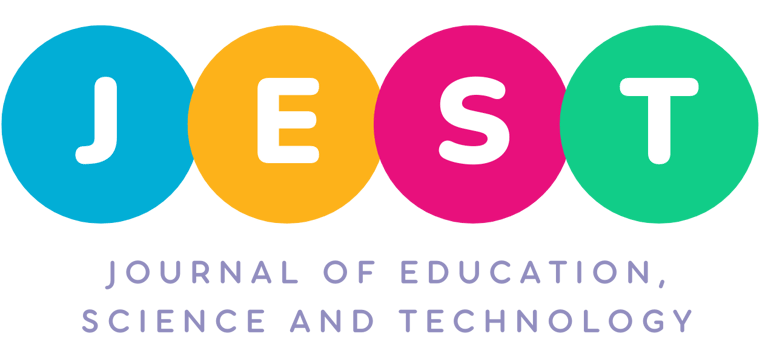Exploring the Roles of Science in Implementing the Sustainable Development Goals in Africa
This review highlights how science supports the SDGs in Sub-Saharan Africa by addressing challenges, guiding policy, and promoting innovation through collaboration between governments, academia, and industry for sustainable development.
Abstract
The Sustainable Development Goals (SDGs) are a set of 17 global objectives adopted by the United Nations in 2015 to end poverty, protect the planet, and ensure that all people enjoy peace and prosperity by 2030. Implementing these goals is especially crucial in Sub-Saharan Africa, where the region faces unique sustainable development challenges such as inadequate infrastructure, limited access to technology and education, high poverty rates, and low life expectancy. Science plays a vital role in addressing these challenges by developing new technologies and formulating evidence-based policy recommendations. For example, scientific research in renewable energy can increase access to electricity and reduce dependence on fossil fuels, while advances in medicine and public health can improve healthcare outcomes and lower mortality rates. This review examines the various ways in which science contributes to the implementation of the SDGs in Sub-Saharan Africa, including identifying sustainable development challenges, measuring progress towards the goals, and providing solutions. The review emphasises that collaboration among government, industry, and academic sectors is essential in harnessing the power of science to achieve the SDGs and promote sustainable development in the region.
Keywords: Sub-Saharan Africa, sustainable development goals, SDGs, science, technology, data, evidence-based policies
Citation: Adediran M. B. & Akinsemolu A. A. (2025). Exploring the Roles of Science in Implementing the Sustainable Development Goals in Africa. Journal of Education, Science and Technology 2025, (1) 1.23-30.
COPYRIGHT © 2025 Adediran Morayo and Adenike Akinsemolu. This is an open-access article distributed under the terms of the Creative Commons Attribution License (CC BY). The use, distribution or reproduction in other forums is permitted, provided the original author(s) and the copyright owner(s) are credited and that the original publication in this journal is cited, in accordance with accepted academic practice. No use, distribution or reproduction is permitted which does not comply with these terms.
